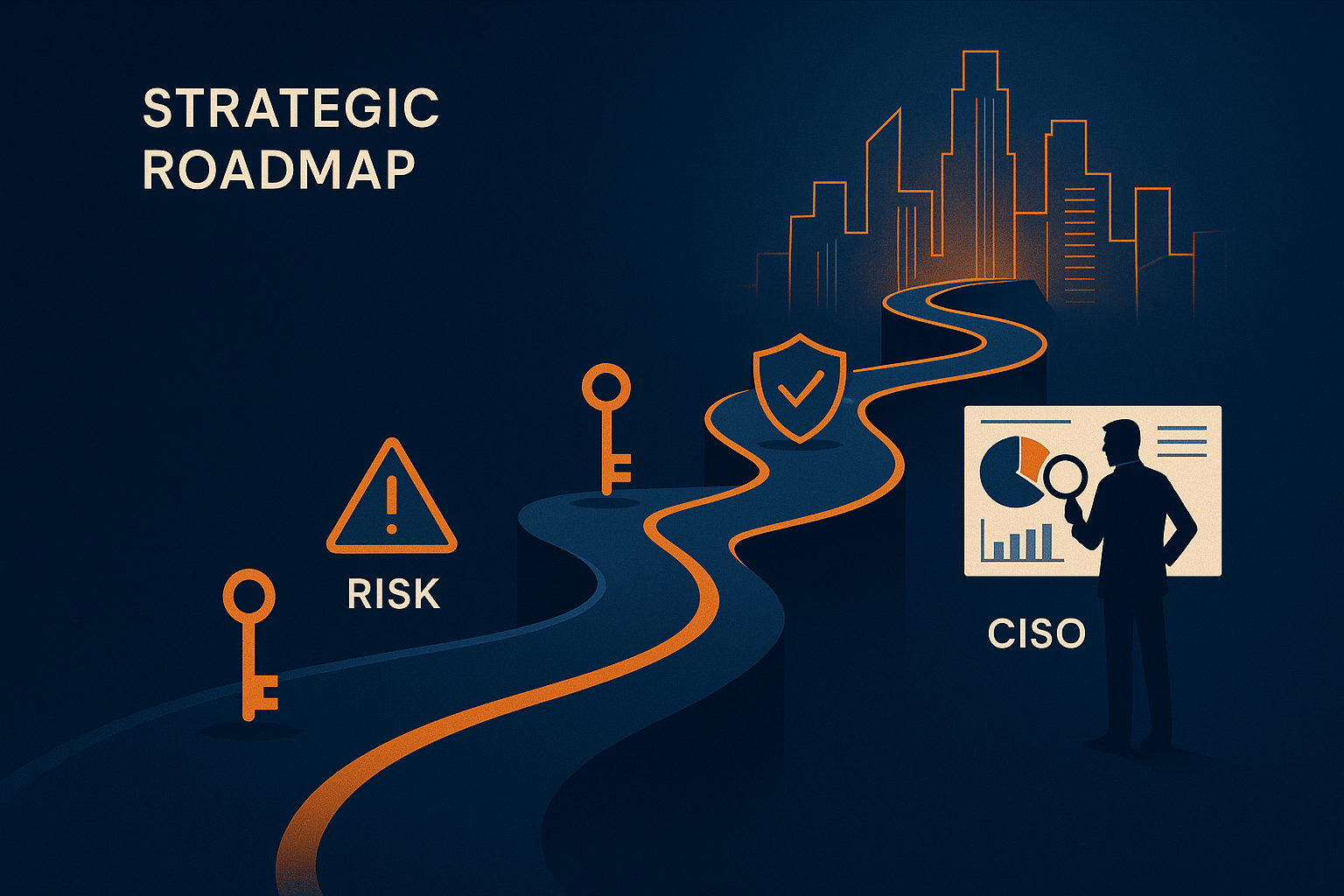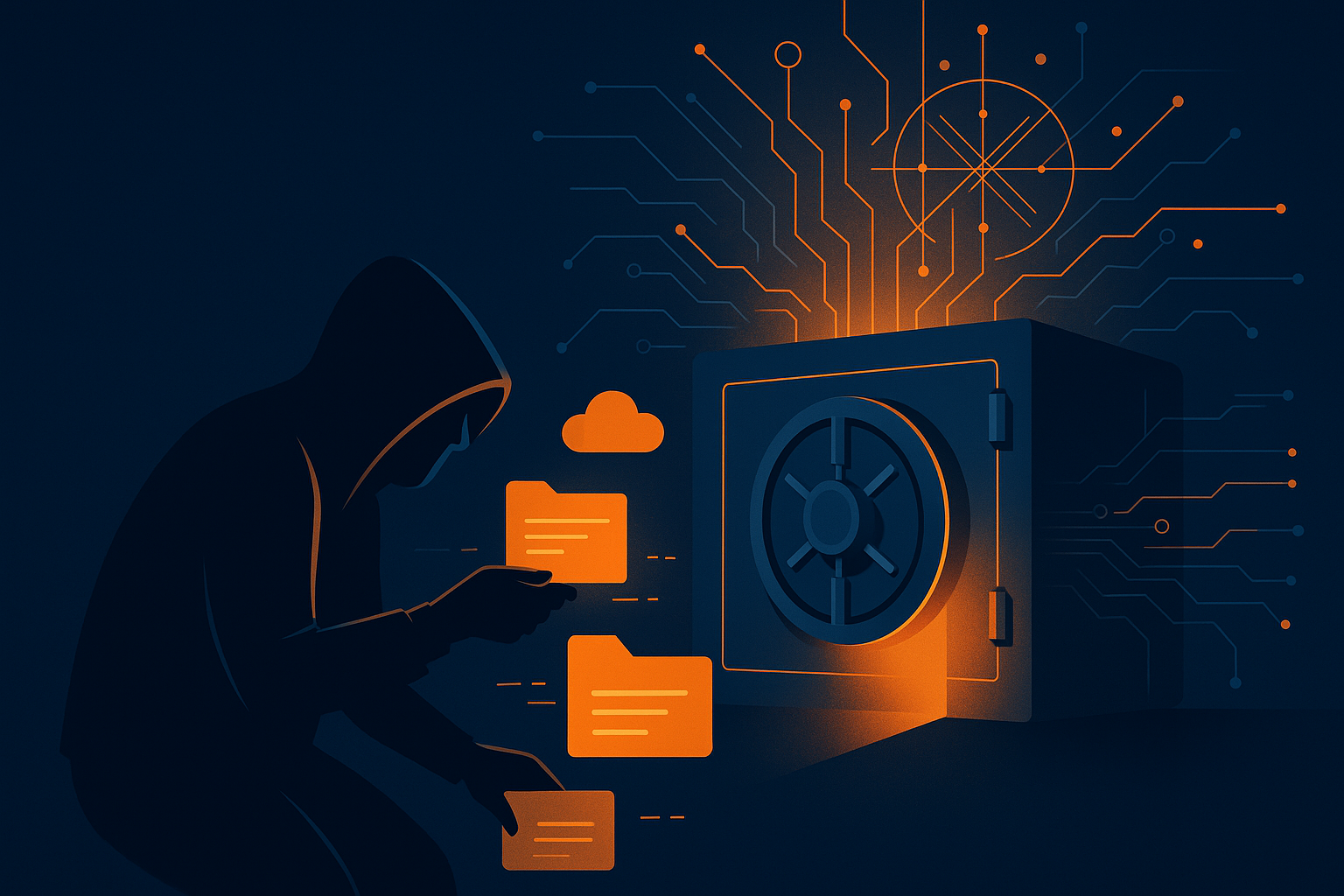
Understanding Phishing, Smishing, and AI-Driven Threats – How CYPFER Keeps You Safe
In the ever-evolving world of cybersecurity, phishing remains a favorite weapon for cybercriminals. Despite advancements in technology and heightened awareness, phishing attacks continue to be alarmingly effective, with users often falling victim in under 60 seconds. This blog explores the different types of phishing, why they are so effective, and how AI is being used to both perpetrate and combat these threats. Additionally, we’ll discuss how CYPFER can help protect your organization from these attacks.
Types of Phishing Attacks
Phishing has evolved beyond simple deceptive emails. Today, it includes various sophisticated methods designed to trick users across multiple platforms. Here are the most common types of phishing attacks:
Email Phishing
Email phishing is the classic form of phishing, where attackers send emails that appear to be from legitimate sources. These emails often contain malicious links or attachments and create a sense of urgency to prompt immediate action.
Spear Phishing
Spear phishing targets specific individuals or organizations. Attackers research their targets to create personalized messages that appear more legitimate. This method is particularly dangerous because it is highly convincing and difficult to detect.
Whaling
Whaling is a type of spear phishing that targets high-profile individuals within an organization, such as executives or managers. These attacks often involve elaborate schemes and significant research to craft convincing messages that can lead to substantial financial or data loss.
Smishing
Smishing (SMS phishing) involves sending fraudulent text messages to trick recipients into clicking on malicious links or providing personal information. With the widespread use of smartphones, smishing has become increasingly common.
Vishing
Vishing (voice phishing) involves phone calls from attackers pretending to be from trusted organizations, such as banks or government agencies. They often use social engineering techniques to extract sensitive information from the victim.
Clone Phishing
Clone phishing involves duplicating a legitimate, previously delivered email and replacing the links or attachments with malicious ones. The attacker sends this clone to the same recipient, making it appear as a follow-up or updated message.
Pharming
Pharming redirects users from legitimate websites to fraudulent ones without their knowledge. This is often achieved by exploiting vulnerabilities in the DNS (Domain Name System) servers, making it appear as if the victim is visiting the correct website.
Why Phishing is So Effective
Speed and Deception
Phishing attacks are designed to deceive users quickly. Attackers use various techniques to create a sense of urgency or legitimacy, prompting users to make impulsive decisions. Whether it’s a fake email from a bank, a social media alert, or a seemingly genuine work-related message, these attacks can deceive even the most cautious individuals.
Exploiting Human Nature
Phishing exploits basic human psychology. People tend to trust familiar brands and urgent requests, making them more likely to click on malicious links or provide sensitive information. Attackers often use emotional triggers such as fear, curiosity, or the promise of a reward to manipulate their targets.
Constant Evolution
Phishing tactics are continually evolving. Attackers are becoming more sophisticated, using personalized messages and advanced spoofing techniques to bypass security measures. This constant adaptation makes it difficult for users and organizations to stay ahead of the threats.
The Role of AI in Phishing
AI-Driven Phishing Attacks
Cybercriminals are increasingly using AI to enhance their phishing attacks. AI can analyze large datasets to craft highly personalized and convincing phishing messages. By mimicking writing styles and using contextual information, AI can create phishing emails that are nearly indistinguishable from legitimate communications.
AI in Defending Against Phishing
On the defensive side, AI is playing a crucial role in detecting and mitigating phishing attacks. AI-powered security solutions can analyze email patterns, identify suspicious behaviors, and block phishing attempts before they reach the user. Machine learning algorithms continuously learn from new threats, improving their ability to detect phishing over time.
Behavioral Analysis
AI can also be used to monitor user behavior and detect anomalies that may indicate a phishing attack. For example, if a user suddenly accesses unfamiliar systems or downloads unusual files, AI can flag this behavior for further investigation.
Mitigating the Risks
Education and Awareness
One of the most effective ways to combat phishing is through education and awareness. Regular training sessions can help employees recognize phishing attempts and understand the importance of not clicking on suspicious links or providing personal information. Simulated phishing attacks can also be a valuable tool in educating users about potential threats.
Implementing Multi-Factor Authentication (MFA)
Multi-Factor Authentication adds an extra layer of security, making it more difficult for attackers to gain access to accounts even if they have obtained a user’s credentials. By requiring a second form of verification, such as a text message code or an authentication app, organizations can significantly reduce the risk of successful phishing attacks.
Advanced Email Filtering
Implementing advanced email filtering solutions can help detect and block phishing emails before they reach users’ inboxes. These solutions use algorithms and machine learning to identify suspicious patterns and prevent phishing attempts from being delivered.
Regular Security Audits
Conducting regular security audits can help identify vulnerabilities within an organization’s infrastructure. By staying proactive and regularly assessing security measures, organizations can address potential weaknesses before attackers can exploit them.
Incident Response Planning
Having a well-defined incident response plan is crucial. Organizations should be prepared to respond quickly and effectively to phishing attacks, minimizing damage and ensuring that affected systems and accounts are secured. Regularly updating and testing the incident response plan ensures that the organization is ready to handle any phishing incidents that may occur.
How CYPFER Can Help
At CYPFER, we understand the evolving threat landscape and the critical importance of safeguarding your organization against phishing attacks. Our comprehensive cybersecurity solutions are designed to protect your business from the latest threats, including sophisticated phishing schemes. Here’s how we can help:
Tailored Security Training
We offer security training programs to educate your employees on recognizing and responding to phishing attempts. Our training sessions are interactive and updated regularly to reflect the latest phishing tactics and trends.
Advanced Threat Detection
Our AI-powered threat detection systems analyze email patterns and user behaviors to identify and block phishing attempts before they reach your inbox. By leveraging the latest in machine learning and threat intelligence, we provide robust protection against phishing attacks.
Multi-Factor Authentication Implementation
CYPFER can assist in implementing Multi-Factor Authentication across your organization, adding an extra layer of security to prevent unauthorized access. Our solutions are user-friendly and integrate seamlessly with your existing systems.
Regular Security Audits and Assessments
We conduct thorough security audits to identify vulnerabilities in your infrastructure and provide actionable recommendations to enhance your defenses. Our team stays ahead of emerging threats to ensure your organization is always protected.
Incident Response and Recovery
In the event of a phishing attack, our incident response team is ready to act swiftly to minimize damage and restore your operations. We provide comprehensive support to secure affected systems, recover compromised data, and prevent future incidents.
Phishing remains a significant threat, with attacks becoming more sophisticated and effective due to the integration of AI. Recognizing the various types of phishing and understanding the role of AI can help organizations stay ahead of these evolving threats. By educating users, implementing advanced security solutions, and maintaining robust incident response plans, organizations can mitigate the risks and protect themselves from phishing attacks.
Stay vigilant and secure your organization against phishing threats. Contact CYPFER today for expert guidance and comprehensive cybersecurity solutions.
Get in touch with our experts now. Your trusted partner in achieving Cyber Certainty™.
Your Complete Cyber Security Partner:
Every Step, Every Threat.
At CYPFER, we don’t just protect your business—we become part of it.
As an extension of your team, our sole focus is on cyber security, ensuring your peace of mind. From incident response and ransomware recovery to digital forensics and cyber risk, we integrate seamlessly with your operations. We’re with you 24×7, ready to tackle threats head-on and prevent future ones.
Choose CYPFER, and experience unmatched dedication and expertise. Trust us to keep your business secure and resilient at every turn.

Get Cyber Certainty™ Today
We’re here to keep the heartbeat of your business running, safe from the threat of cyber attacks. Wherever and whatever your circumstances.
Contact CYPFER





